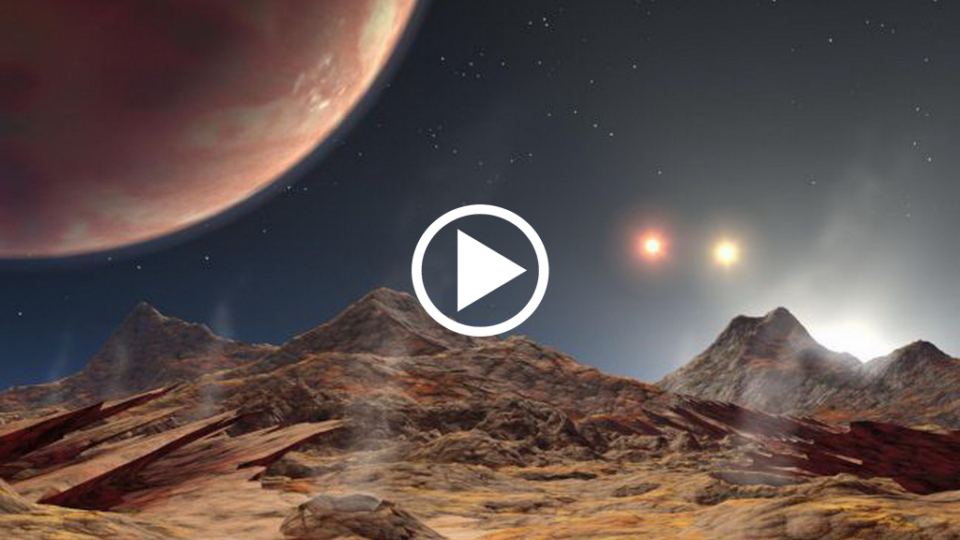Scientists have discovered a planet similar to Jupiter, but located in a particular tri-star system. This discovery called into question the theories of the formation of planets.
This trisolar system, called HD 188753, is located in the constellation Cygnus. With the planet above, they are 149 light years from Earth and stand close to each other as if our sun were close to Saturn. If you stood on the surface of this planet, you would see three “suns” above you, although the central orbit is around the larger golden star.
In the traditional sense, gas giants like Jupiter generally form in a dense disk of gas and matter, located at least 3 astronomical units from their mother star, or 3 times the distance between the sun and the earth. At such a distance, there is enough space for the solid materials to clump together, form nuclei and thus attract the surrounding gases, forming a giant planet.
After the birth of these planets, they moved inward to create orbits very close to the mother star as we see today.
But if the parent star has a too close companion, their gravitational pull will affect the formation of a disk of planetary matter around the central star. In the case of the HD 188753 ternary system, the two stars which accompany it will “eat away” the disc of matter around the principal star, up to a radius of only 1.3 astronomical units, and will leave no room for the whole planet born.
“How the planet could have formed under such complex conditions is a very difficult thing to understand,” said Dr. Maciej Konacki, of the California Institute of Technology. “I believe there is a lot that we don’t know about the formation of giant planets.”
This discovery could lead scientists to search for planets in new places.


